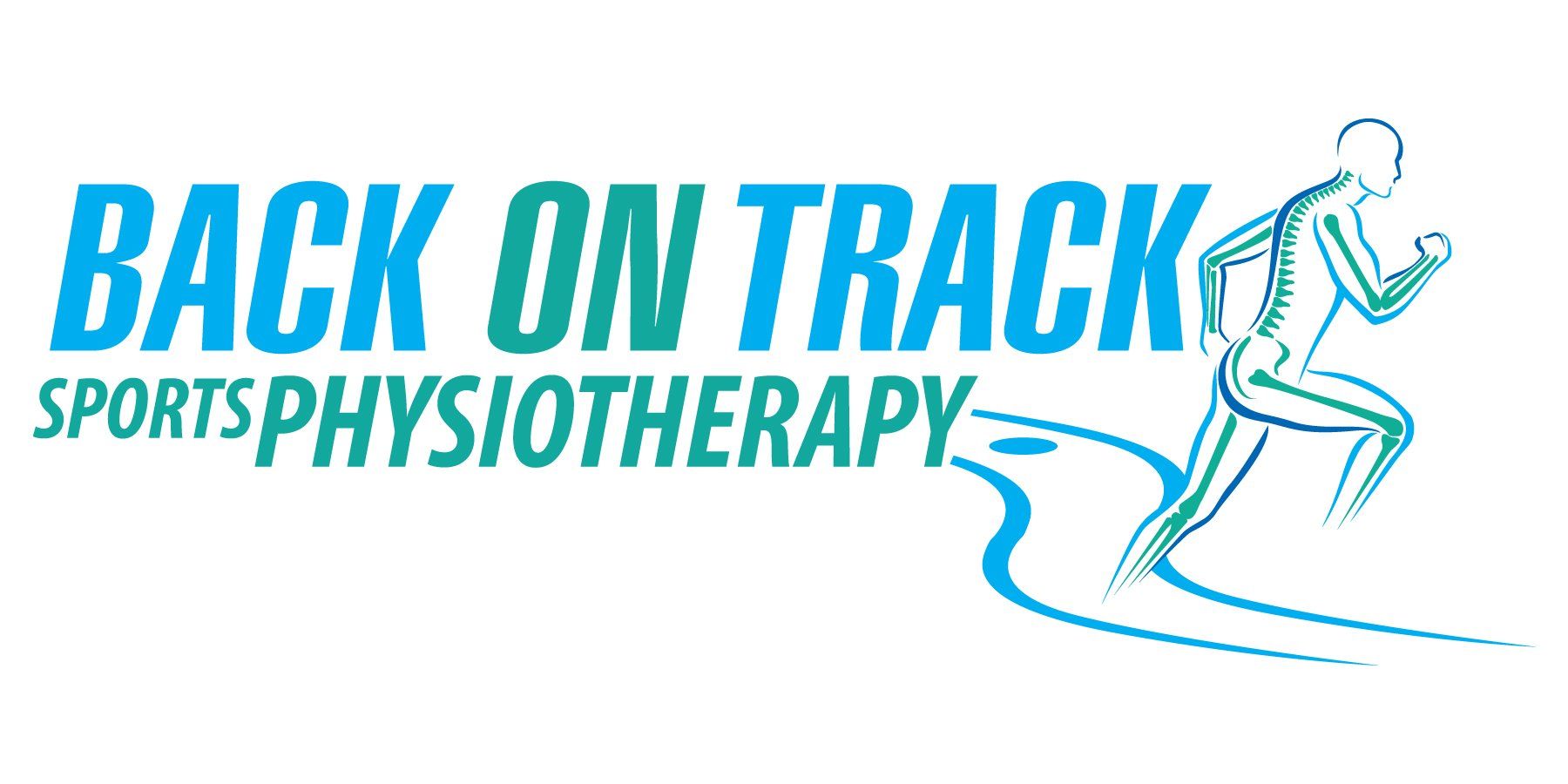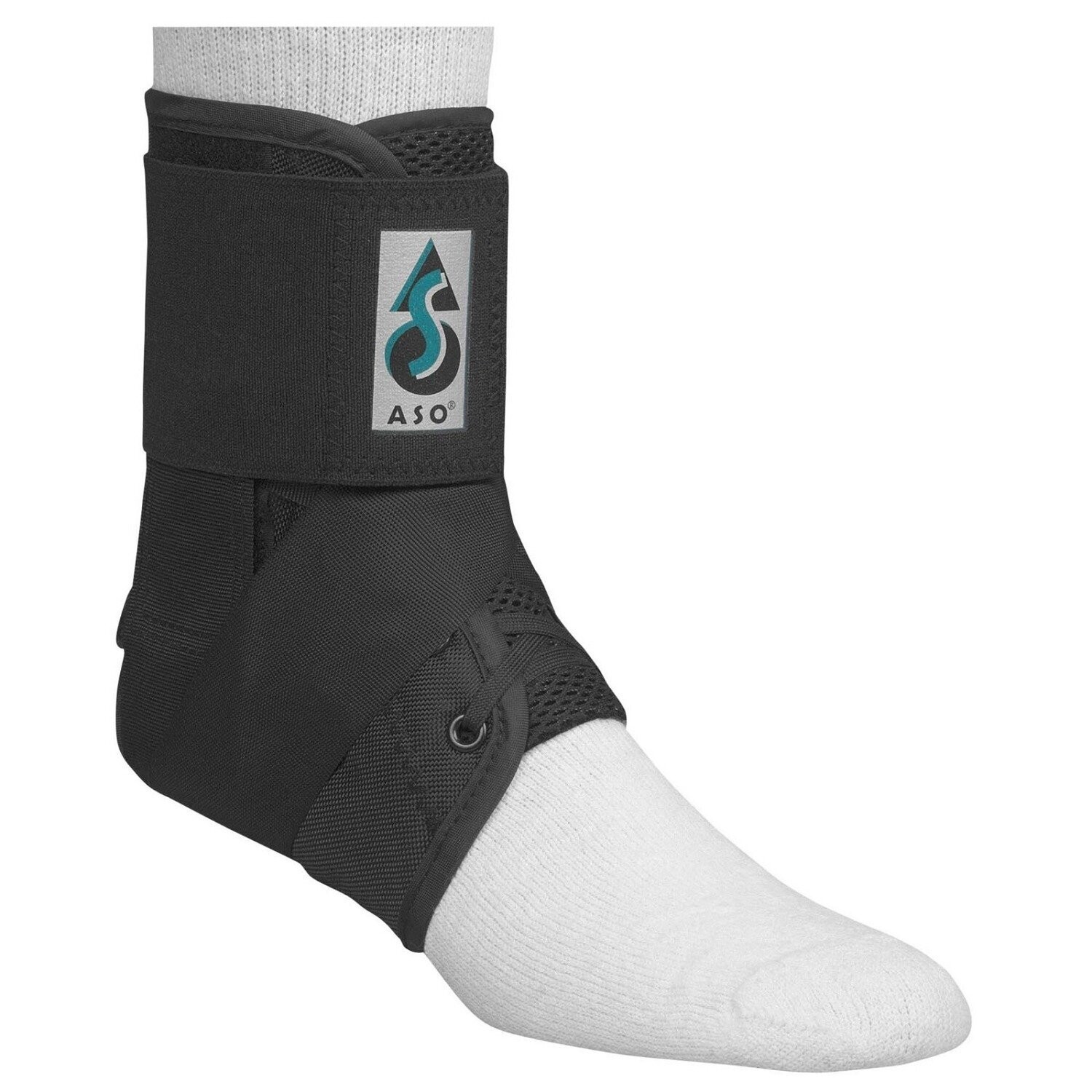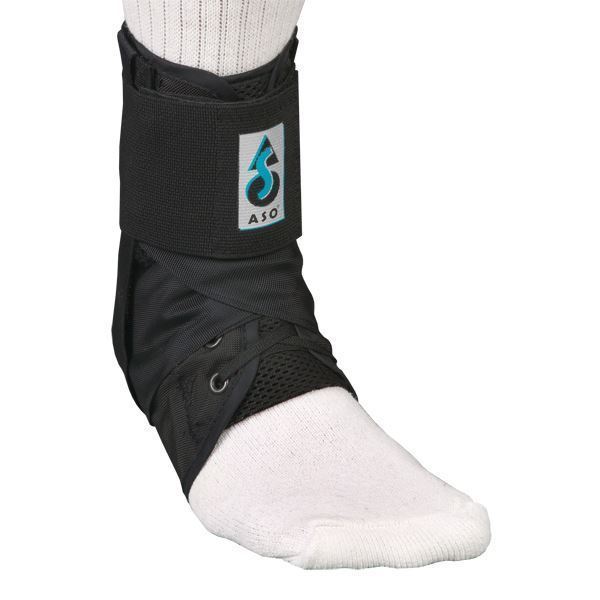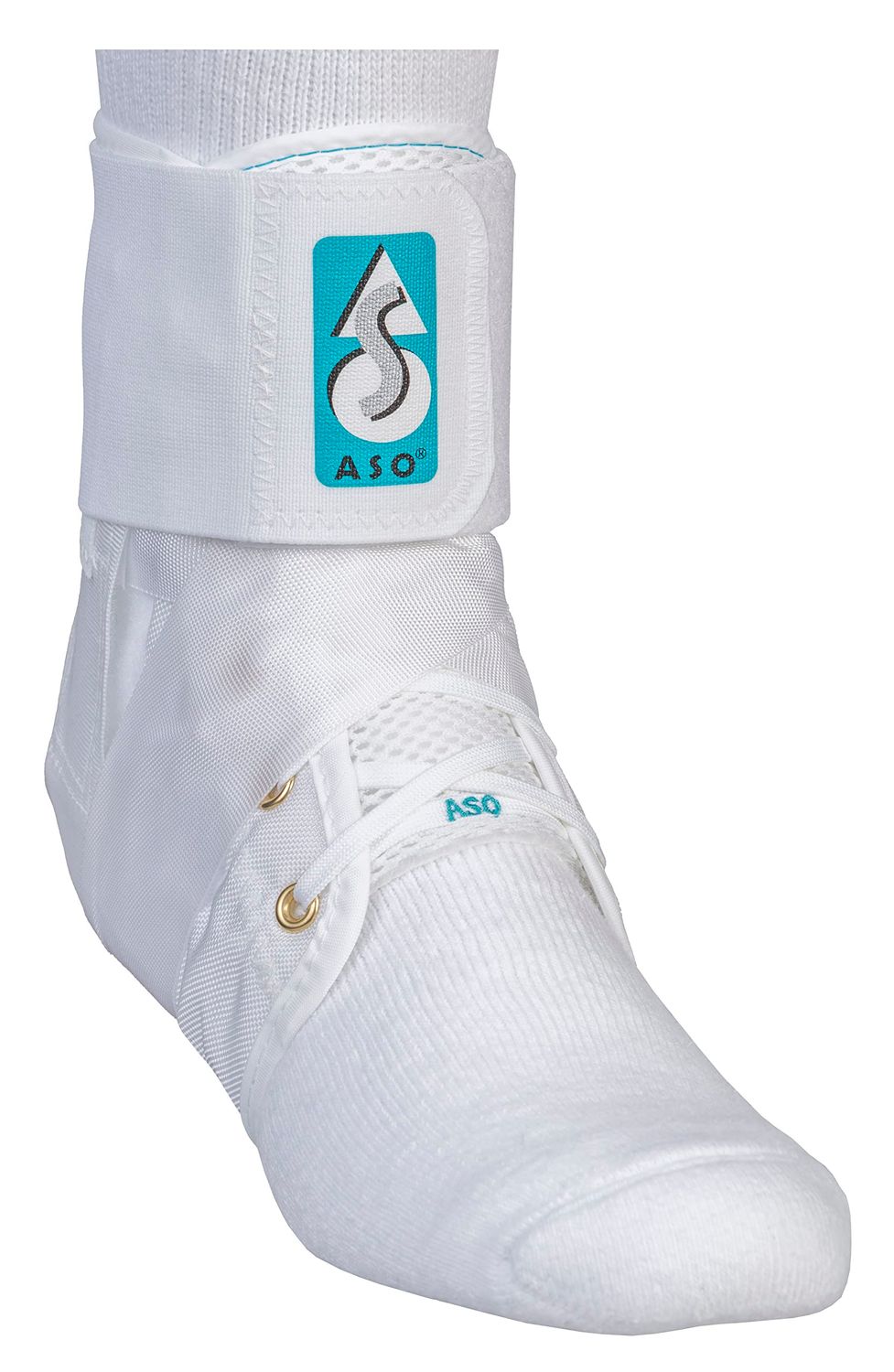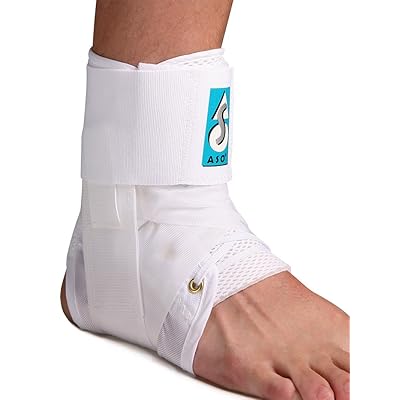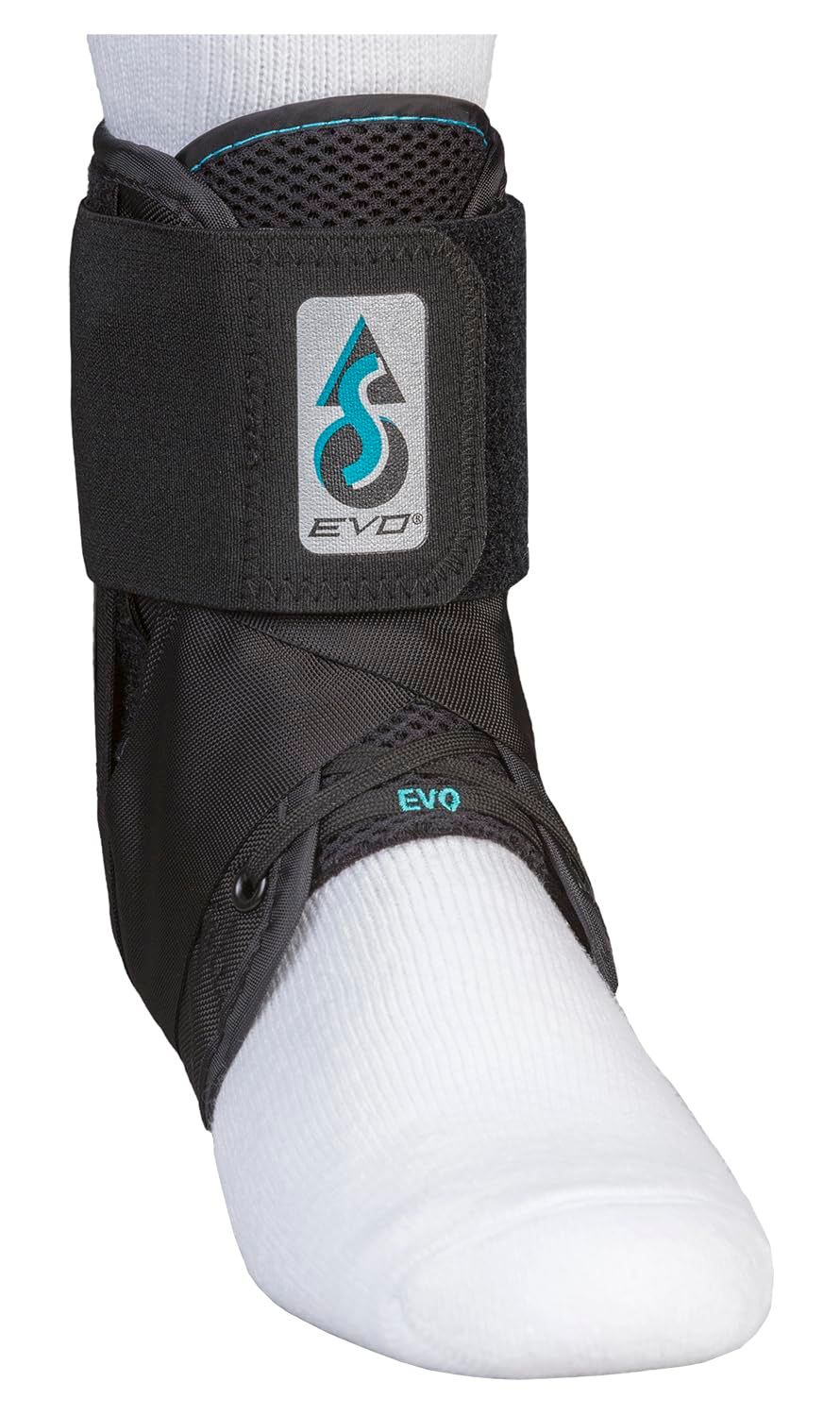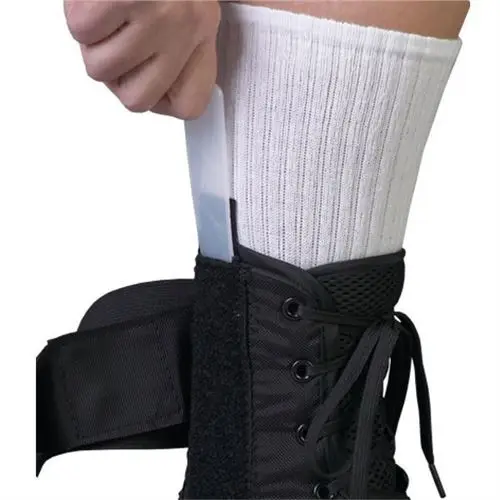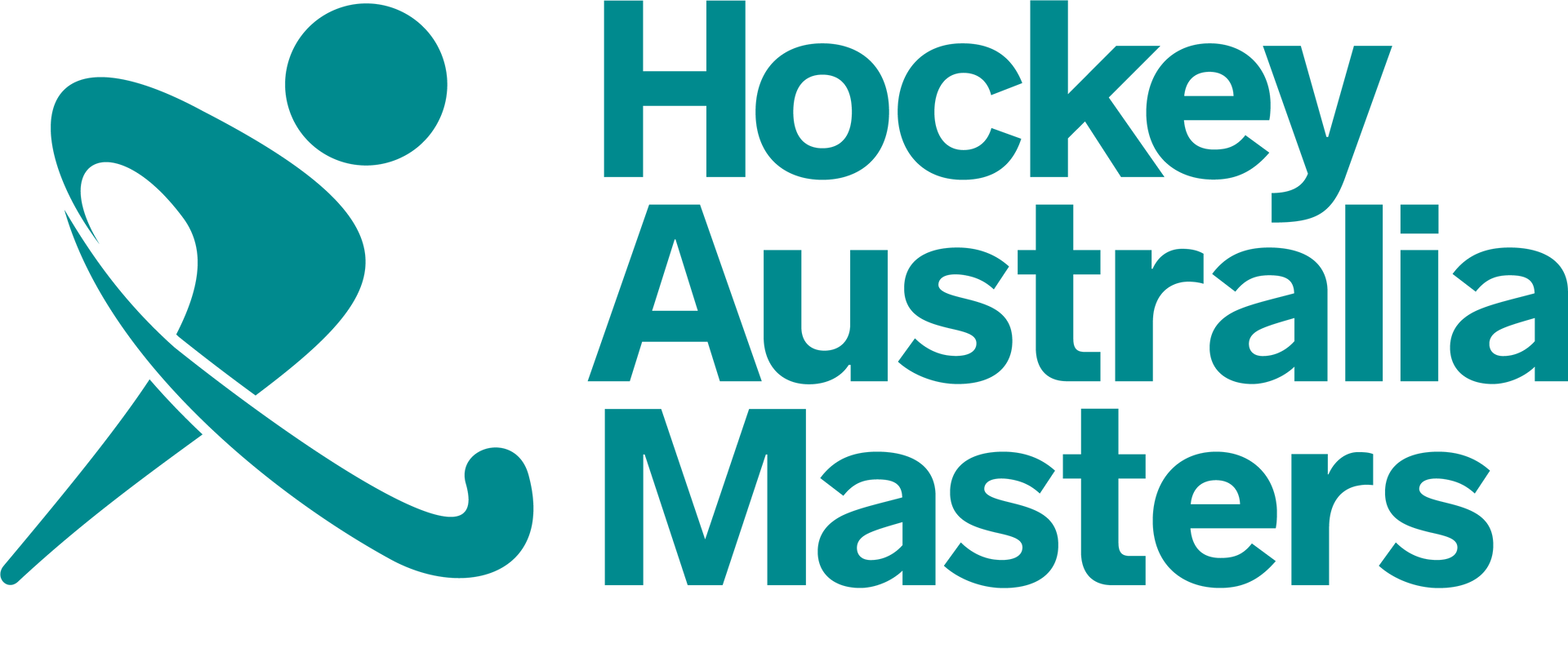Open 7 Days
Ankle Brace Guide For Support,
Recovery & Injury Prevention

Ankle injuries can significantly impact your daily life, from simple walking to competitive sports. Finding the right support is crucial for both effective recovery and preventing future sprains. This comprehensive guide provides expert insights into ASO ankle braces, a leading choice for stability and protection.
Throughout this guide, we will dive into key aspects of ankle bracing, including:
- Understanding ASO Ankle Braces: What Are They?
- Choosing Your ASO Ankle Brace: Models & Differences
- Why Use an ASO Ankle Brace? Benefits & Prevention
- Practical Application: Using Your ASO Ankle Brace Effectively
- Common Concerns & Maintenance for Your ASO Brace
This guide builds on our insights from why the ASO Ankle Brace is a must have for athletes, detailing its role in recovery and prevention.
Whether you are rehabilitating an injury or seeking preventative measures, understanding your options is key to maintaining active well being. For personalised assessment and treatment, consider our expert physiotherapy services in Glen Iris, Melbourne.
Disclaimer
Important Note: The information provided in this blog post is for general educational and informational purposes only, and does not constitute medical advice. It is not intended to diagnose, treat, cure, or prevent any health condition. Always consult with a qualified healthcare professional, such as a physiotherapist or doctor, for personalised advice regarding your specific circumstances, health concerns, or before starting any new treatment or exercise program. Individual results and recommendations may vary.
Understanding ASO Ankle Braces: What Are They?
Stepping into the world of ankle support can feel overwhelming with various options available. This section simplifies understanding what ASO ankle braces are, how they function, and the common ankle issues they are designed to address. We will outline their fundamental purpose in both recovery and injury prevention, laying the groundwork for selecting your ideal brace.
What does an ASO ankle brace do?
The ASO Ankle Brace (Ankle Stabilising Orthosis) is a lightweight, durable, and highly supportive brace widely preferred by physiotherapists and sports medicine professionals. It provides superior stability without excessively restricting movement. This medical grade ankle brace is designed to:
- Treat existing ankle injuries.
- Reduce pain and swelling effectively.
- Prevent re injury during sports or daily activities.
Common Injuries ASO Ankle Braces are used for?
ASO ankle braces are versatile tools, ideal for managing and preventing a range of common ankle conditions. Their design allows essential movement while preventing excessive rolling, which helps reduce the risk of a typical ankle sprain. They are particularly effective for:
- Inversion and eversion ankle sprains.
- Medial or lateral ankle instability.
- Subtalar joint instability.
- Syndesmotic ankle sprains (high ankle sprains).
For a comprehensive overview of ankle sprains, consult Healthdirect Australia [1].
Choosing Your ASO Ankle Brace: Models & Differences
With various ASO ankle brace models available, understanding their unique features is key to selecting the ideal support for your needs. This section details the differences between the ASO Classic, and the ASO EVO, guiding you to make an informed choice for optimal support and recovery.
- Understanding the unique features of each model.
- Comparing the ASO Classic and ASO EVO.
- Guidance on selecting the right brace for your specific needs.
- Ensuring you find the ideal support for your ankle.
What is the difference between ASO and EVO ankle brace?
The ASO Ankle Brace (Classic) (available in both black and white) is renowned for its durability and figure 8 strapping system, mimicking traditional athletic taping.
The ASO EVO Ankle Brace, however, offers an advanced design with an inner stirrup strap and dynamic cuff, providing enhanced circumferential compression and a more precise fit that allows for slightly more natural ankle joint biomechanics.
- ASO Classic uses a traditional figure 8 design.
- ASO EVO features advanced inner stirrup and dynamic cuff.
How do I choose the right ankle brace for my needs?
Selecting the correct ASO brace depends on your injury, activity level, and even your footwear. The ASO Classic offers robust, reliable support ideal for many general uses. The ASO EVO provides a sleeker, more advanced stabilisation system.
For minimal bulk and specific activities like jumping sports or fitting into work boots, the ASO EVO Ankle Brace is often the preferred choice. Our physiotherapists can help you determine the best fit for your unique circumstances.
- Consider your injury and activity level.
- Match brace features to your footwear needs.
Choosing Your ASO Ankle Brace: A Comparison Guide
Selecting the ideal ASO ankle brace depends on your specific injury, activity level, and personal preferences. This table outlines the key differences between the ASO Classic and ASO EVO models to help you make an informed decision:
| FEATURE / BENEFIT | ASO ANKLE BRACE (CLASSIC) | ASO EVO ANKLE BRACE |
|---|---|---|
| Primary Purpose | Preferred for ankle support, injury recovery, and sports protection; ideal for treating injuries, reducing pain/swelling, and preventing re-injury. | Revolutionary choice for ankle support, injury recovery, and sports protection; ideal for treating injuries, reducing pain/swelling, and preventing re-injury. |
| Design Philosophy | Mimics traditional ankle taping with a figure-8 strapping system for superior stability. | Innovative low-profile design allowing for more natural ankle joint biomechanics while providing superior protection. |
| Key Stabilising Element | Ballistic Nylon Straps form a classic "Figure 8" design. | **Inner Stirrup Strap** (with Skinloc material) for secure heel capture, preventing inversion/eversion. |
| Additional Compression / Support | DaveElastic Cuff Closure helps prevent excessive inversion. | **Dynamic Cuff** enhances circumferential compression to stabilize the ankle. |
| Fit Profile | Low-Profile Fit; easily fits into athletic and street shoes. | Sleek Low-Profile Fit; fits comfortably into both athletic and everyday shoes. |
| Adjustability | Lace-Up Closure; adjustable without removing your shoe. | Lace-Up Closure; adjustable without removing your shoe. |
| Versatility | Bilateral Design; fits both left and right feet. | Bilateral Design; fits both left and right feet. |
| Construction | Durable Construction; built with ballistic nylon for long-lasting strength. | Durable Construction; built with ballistic nylon for long-lasting strength. |
| Price | AU$79.95 | AU$109.99 |
| Buy Now | Buy Now |
Why Use an ASO Ankle Brace? Benefits & Prevention
Understanding the compelling reasons behind using an ASO ankle brace can truly guide your recovery and preventative strategies. This section delves into the significant benefits these braces offer, from supporting injury healing to actively preventing future sprains and enhancing your confidence in movement.
- Understanding why braces are recommended after injury.
- Learning how they actively prevent future sprains.
- Exploring the key benefits for stability and support.
- Discovering how they aid a faster return to activity.
Why is an ankle brace recommended after an ankle injury or sprain?
Following an ankle injury or sprain, a brace provides crucial external support to the damaged ligaments, limiting excessive movement that could impede healing or cause further harm. It helps to reduce pain and swelling, offering a vital sense of security that enables earlier and safer weight bearing during the rehabilitation process.
- Supports injured ligaments.
- Helps reduce pain and swelling.
How does wearing an ankle brace help prevent future ankle injuries?
Wearing an ankle brace offers significant prophylactic benefits by creating a physical barrier against the excessive inversion or eversion movements that commonly lead to sprains. They enhance proprioception, which is your body's awareness of its position in space, thereby improving your ankle's natural protective reflexes. For evidence supporting brace effectiveness in prevention, review Sports Medicine Australia's Ankle Injuries Fact Sheet [2].
- Limits excessive ankle movement.
- Enhances the ankle's natural protective reflexes.
What key benefits does an ankle brace offer for ankle stability and support?
ASO ankle braces deliver superior stability by effectively mimicking professional ankle taping techniques, yet they provide more consistent protection and greater long term durability. The design ensures your ankle is securely supported while still allowing for necessary range of motion, giving you confidence with every step or jump.
- Provides superior stability.
- Mimics professional taping techniques.
Can an ankle brace genuinely aid in a faster return to sports or activity?
Yes, an ankle brace can significantly facilitate a faster and safer return to sports or daily activities after an injury. By providing essential external stability and increasing confidence, it allows you to gradually load the ankle and perform movements that might otherwise risk re injury. Our Sports Physiotherapy team can create a tailored rehabilitation plan to guide your safe return to play.
- Offers essential external stability.
- Helps rebuild confidence during activity.
Practical Application: Using Your ASO Ankle Brace Effectively
Once you have chosen the right ASO ankle brace, understanding how to use it correctly in various situations is paramount. This section provides practical guidance on wearing your brace during sports and daily activities, ensuring proper fit, and addressing common questions about its integration with your footwear.
- Understanding brace use in sports and daily life.
- Guidance on achieving the perfect, comfortable fit.
- Tips for wearing your brace with various shoes.
- Step by step instructions for proper application.
ASO Ankle Braces and Athletic Activity
Understanding how ASO ankle braces integrate with your athletic pursuits is crucial for both protection and performance. These braces are designed to support a wide range of movements while providing essential stability.
What sports can you use the ASO ankle brace for?
ASO ankle braces are widely trusted by athletes across a broad spectrum of sports. Their design provides critical protection while allowing for a good range of motion, making them suitable for activities where ankle stability is key.
Ideal for high impact and agility based sports such as:
- AFL
- Soccer
- Basketball
- Netball
- Touch Football
- Volleyball
- Tennis
- Rugby
- Running
Can you play sports with an ASO ankle brace?
Yes, you can absolutely play sports with an ASO ankle brace. These braces are specifically designed to offer robust support without excessively restricting the natural movements required for athletic performance. They empower athletes to train and compete with confidence, knowing their ankles have added protection. Our Clinical Strength & Conditioning programs can also help you prepare for a safe return to sport.
- Designed for active participation.
- Provides protection while allowing movement.
How tight should the ankle brace be?
Your ASO ankle brace should feel snug and supportive, providing firm compression without causing discomfort, numbness, or impeding circulation. It should stabilise your ankle effectively, yet allow comfortable movement. If you experience any pinching or excessive pressure, re adjust the laces and straps.
- Snug and supportive, not overly tight.
- Allows comfortable movement without pinching.
Can you wear a shoe with the ASO ankle brace?
Yes, ASO ankle braces are specifically designed with a low profile fit to easily slip into most athletic and street shoes. Their sleek construction ensures they won't add unnecessary bulk, allowing you to wear your regular footwear comfortably while receiving optimal ankle support and protection.
- Designed to fit into most shoes.
- Low profile ensures comfort.
Getting the Perfect Fit: Sizing and Application Guide
Proper sizing and application are crucial for your brace's effectiveness and comfort. For accurate sizing, measure your ankle circumference from the base of the heel to the dorsal ankle crease; your shoe size can also serve as a helpful guide.
Carefully follow the lace up and figure 8 strap instructions provided with your brace to ensure a secure, comfortable fit that stabilises without pinching.
- Accurate measurement ensures proper fit.
- Follow application instructions carefully
Step 1: Prepare Your Foot and Brace
Ensure you are wearing a thin, comfortable sock. Open the brace fully, loosening the laces and straps. Slide your foot into the brace, making sure your heel is seated firmly in the back pocket of the brace.
Step 2: Lace Up Securely
Just like tying a shoe, lace the brace up tightly from the bottom eyelets to the top. Ensure the laces are snug across the top of your foot for a secure, yet comfortable, fit. Tie the laces firmly.
Step 3: Apply Figure-8 Straps
Take one of the long figure-8 straps (usually starting with the inside strap). Cross it over the top of your foot, wrap it under your heel, and then bring it up and secure it with the Velcro to the side of the brace. Repeat this process with the other strap, creating a "figure 8" pattern around your ankle.
Step 4: Secure the Elastic Cuff
Finally, take the elastic cuff at the top of the brace. Wrap it circumferentially around your ankle, securing it firmly with the Velcro closure at the front. This cuff helps to keep the laces and figure-8 straps secure and provides additional compression.
Step 5: Check for Comfort and Fit
Stand up and take a few steps. Your brace should feel snug and supportive, but not uncomfortably tight, pinching, or restricting circulation. You should be able to move your foot comfortably. If needed, re-adjust the laces or straps until the fit is perfect.
Common Concerns & Maintenance for Your ASO Brace
Beyond choosing and applying your ASO ankle brace, understanding its ongoing care and addressing common concerns ensures lasting effectiveness and comfort. This section debunks frequent myths and provides essential maintenance tips, helping you maximise the benefits of your brace for long term ankle health.
- Addressing common myths about brace use.
- Guidance on proper cleaning and care.
- Tips for troubleshooting minor discomfort.
- Understanding when to seek professional help for brace issues.
Do you sleep with the ankle brace on or off?
Generally, it is not recommended to sleep with an ankle brace on unless specifically advised by your physiotherapist. During sleep, your body requires unrestricted circulation. Wearing a brace overnight can potentially impede blood flow or cause skin irritation. Always consult your healthcare professional for personalised advice regarding nighttime use.
- Usually worn off during sleep.
- Consult a professional for specific guidance.
How do I clean and care for my ASO ankle brace?
To maintain hygiene and extend your ASO brace's lifespan, regular cleaning is important. Gently hand wash the brace with mild soap and cold water, then air dry completely. Avoid machine washing or drying, which can damage the materials. Ensure it is fully dry before storing to prevent mildew.
- Hand wash with mild soap and cold water.
- Air dry completely; avoid machine use.
Will wearing an ankle brace weaken my ankle over time?
This is a common concern, but wearing an ankle brace does not inherently weaken your ankle when combined with proper rehabilitation. Physiotherapists recommend braces as part of a comprehensive recovery plan that includes strengthening and balance exercises. A brace provides external support while your internal ankle muscles regain strength through targeted training. For tailored strength programs, consider our Clinical Strength & Conditioning service.
- Braces support, they do not weaken.
- Combine with exercises for strength.
Ankle brace vs. taping: Which is better for ankle support?
Both ankle bracing and taping offer valuable support, but braces often provide more consistent and durable protection. The average cost to tape each ankle during an entire season was greater than the cost of the commercially available brace [3]. Braces are easily adjustable without reapplication, can be re used, and may offer superior protection against re injury compared to tape, especially over prolonged activity or multiple sessions. Ankle bracing is effective for primary and secondary prevention of acute ankle injuries among athletes [4].
The choice depends on individual needs and activity level.
- Braces offer consistent and durable support.
- Easily adjustable without reapplication.
Troubleshooting Common Brace Issues and Discomfort
Occasionally, you might experience minor issues with your brace, such as it feeling too tight or causing slight skin irritation. If it feels too tight, re adjust the laces and straps. Skin irritation can often be resolved by wearing a thin, breathable sock underneath. Persistent discomfort, pinching, or numbness indicates the brace may be improperly fitted or the wrong size. In such cases, please contact our expert team for a professional assessment.
- Address tightness by re adjusting straps.
- Seek professional help for persistent discomfort.
Conclusion
This comprehensive guide has provided invaluable insights into ASO ankle braces, offering a clear path to understanding their benefits for support, recovery, and injury prevention. We've covered everything from model differences to practical use and common concerns, ensuring you have the knowledge to make informed decisions for your ankle health.
To further enhance your long term athletic health and reduce injury risk, consider our insights on prevention of sports injuries.
At Back On Track Sports Physiotherapy, your journey to moving better and feeling better is our priority. We are dedicated to providing personalised, evidence based care.
Ready to regain comfort and improve your daily life? Contact our expert team or book your appointment online for tailored physiotherapy recovery.
References / Resources
- Healthdirect Australia: Ankle sprains. Available at: [Healthdirect Australia]
- Sports Medicine Australia: Ankle Injuries Fact Sheet. Available at: [Sports Medicine Australia]
- Mickel TJ, Bottoni CR, Tsuji G, et al. Prophylactic bracing versus taping prevention of ankle sprains in high athletes: A prospective, randomized trial. J Foot Ankle Surg. 2006;25(6):360-5. [PubMed] [Google Scholar]
- Lambers K, Kastelein M, Huis in't Veld R, et al. Ankle bracing for the primary and secondary prevention of ankle injuries in athletes: A systematic review and meta-analysis. J Sci Med Sport. 2018;21(12):1201-1209. [PubMed] [Google Scholar]
📍 Visit us at 19–21 High Street Glen Iris, Melbourne
🕒 Open 7 days a week
💻 Book online
📞 Or call


